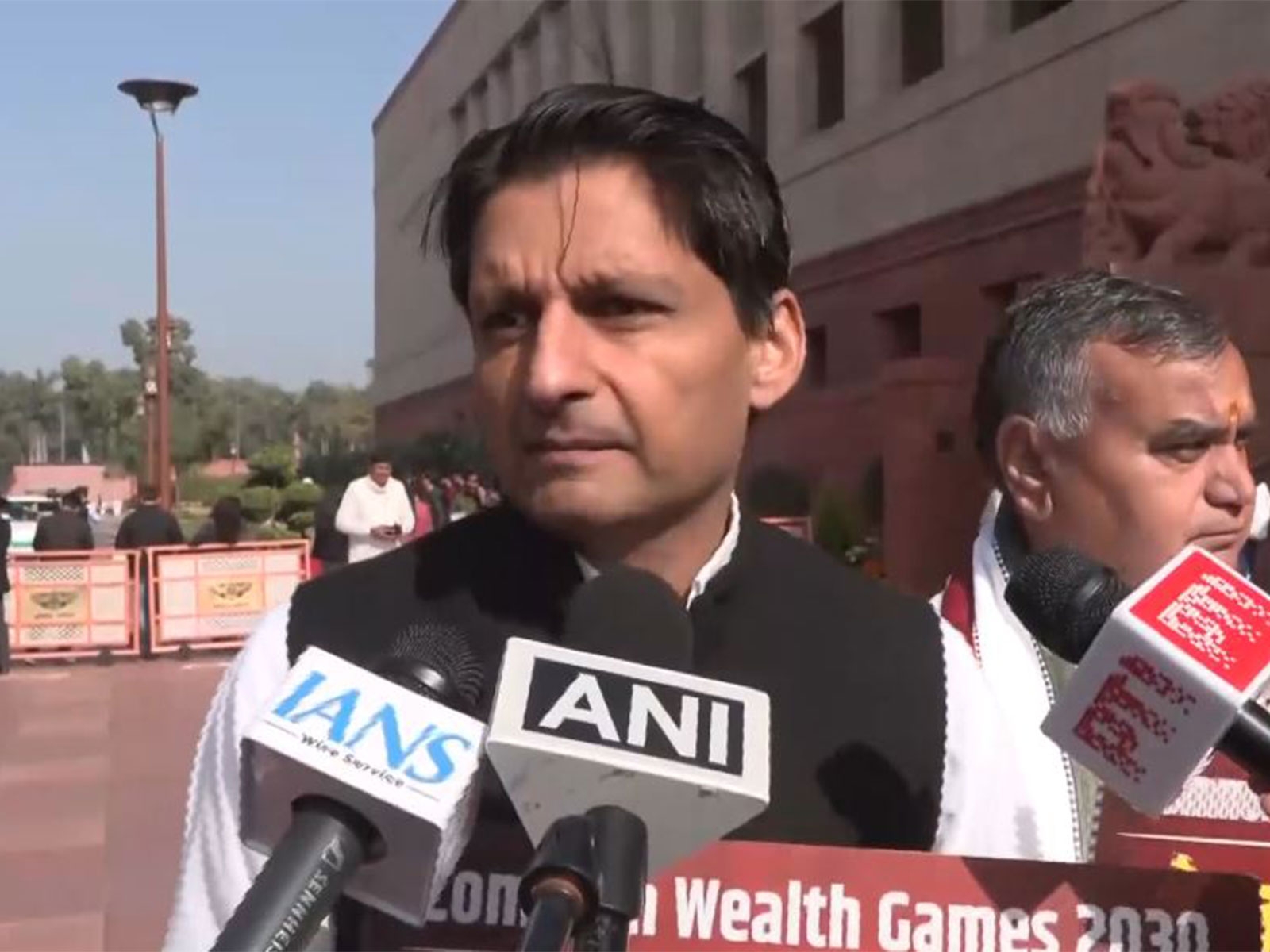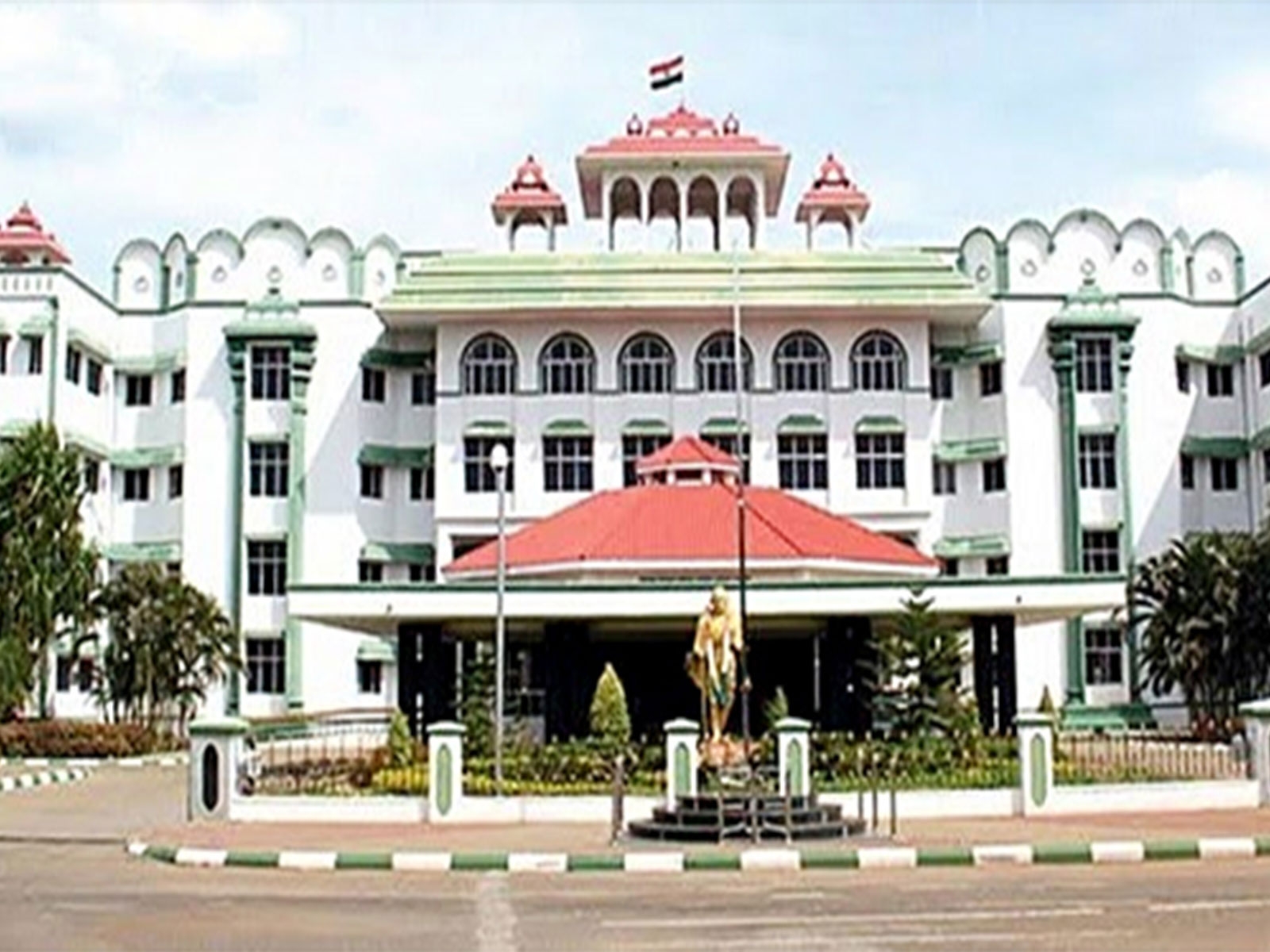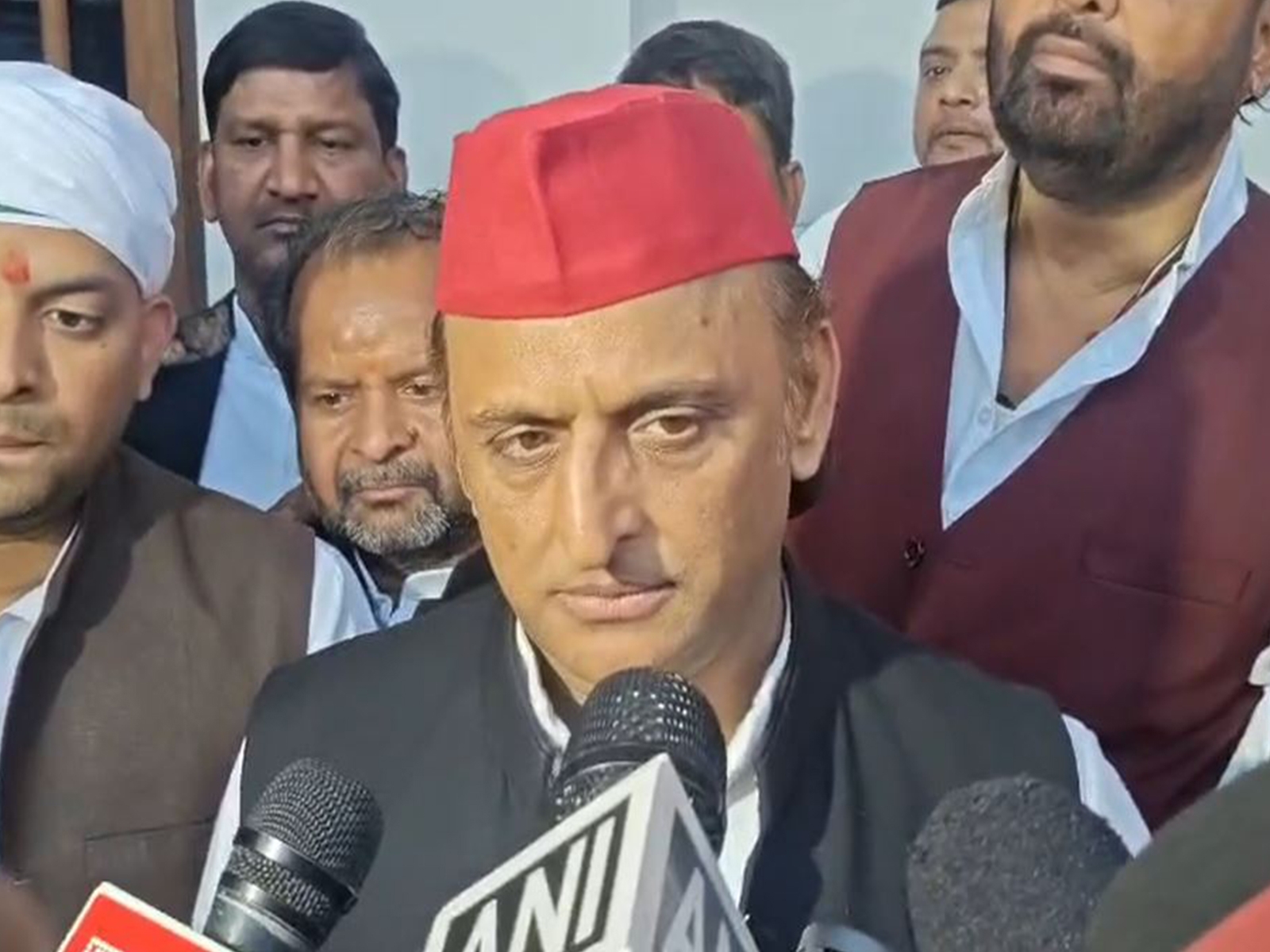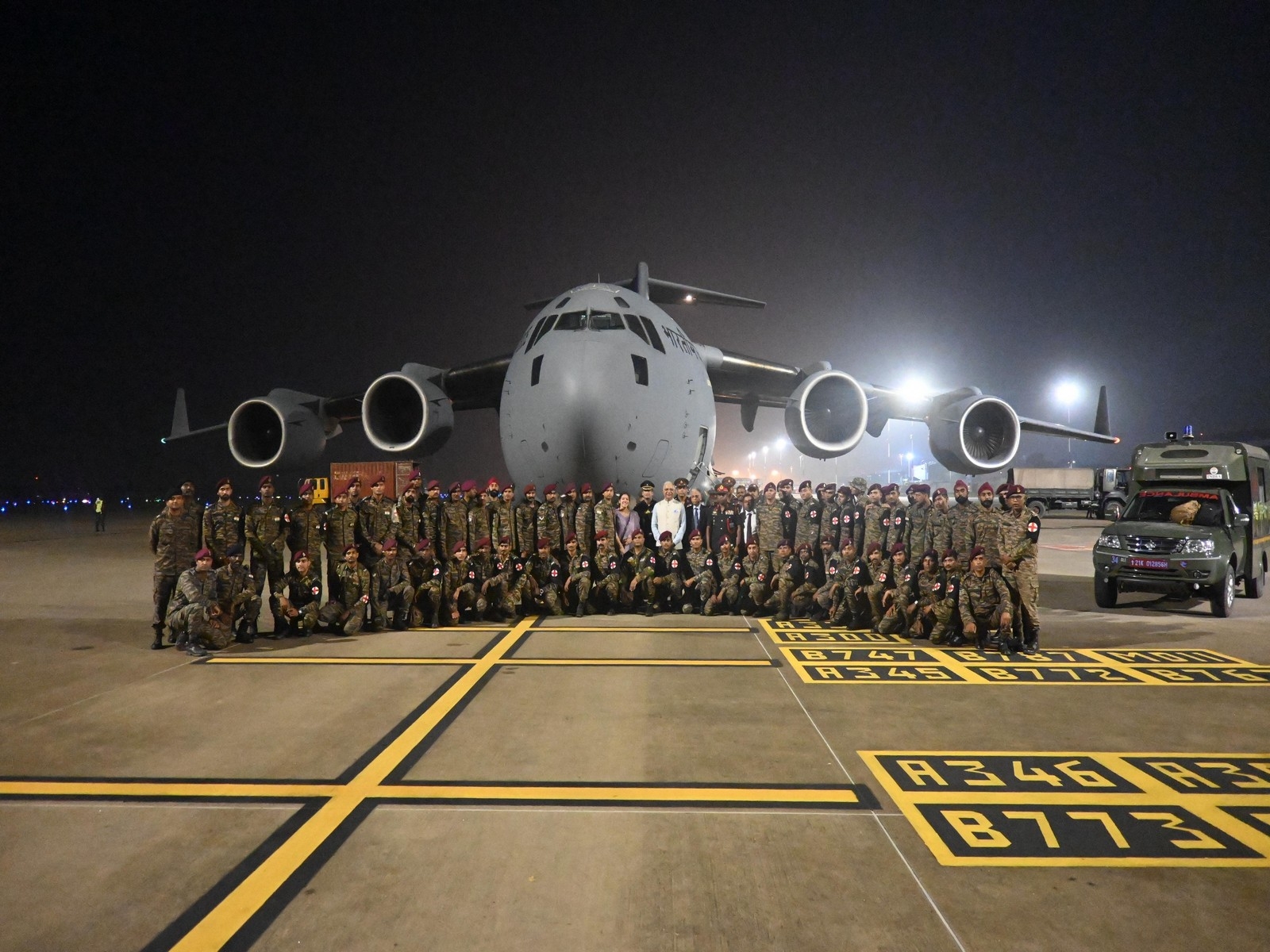Surgical strikes: Ignore Pak claims, but Indians deserve to know the truth

- India needs to provide evidence of the surgical strikes across the LoC
- Not just Pakistan, even security experts are raising questions over the strike
- How could so many terrorists be killed without any retaliation, they ask
- Pieces of the puzzle that don\'t fit
- Questions being raised
India may be compelled to provide the evidence it has of the 'surgical strikes' it claims it conducted across the Line of Control (LoC) to destroy terrorist launch pads in Pakistan occupied Kashmir (PoK).
There have been unconfirmed stories of how the Special Forces wore helmet cameras to capture the destruction they wrought on the enemy - almost following the script of Zero Dark Thirty. Home Minister Rajnath Singh has said "just wait and watch" when asked about the purported video evidence of the strikes across the LoC.
Both Delhi Chief Minister Arvind Kejriwal as well as the Congress party have asked the government to "call Pakistan's bluff" by making public the evidence of the 'surgical strikes'. The BJP retaliated by accusing the Opposition of questioning the army's competence.
One possible explanation why such evidence has not been made public up to now could be that India does not want to escalate the tensions with Pakistan any further. However, that has not stopped Pakistan from ridiculing the Indian claims.
It is no surprise that the credibility of the Indian claims has come under question from the Pakistani media - which may be suffering from the same jingoistic adrenaline high as the Indian media. However, it is also being questioned now by the international media.
This could well be because on last Saturday, Pakistan Army took a group of international journalists to the area where the Indian Army supposedly conducted the surgical raids. It tried to debunk the Indian claims.
Pakistan questions India's claims
The Director General of Inter-Services Public Relations, Lt. General Asim Bajwa questioned Indian claims by asking, "Where did all the dead bodies go? Where were the funerals? Why haven't the Indians produced any dead bodies if they took them back? Where is the damage?"
Maj. Gen. Muhammad Chiragh Haider, the commander of the 23rd Infantry Division of the Pakistan Army posted in PoK across the LoC from India expressed surprise at the Indian claims saying they were totally incomprehensible. He wondered how was it possible that "a surgical strike took place against us, and we were not even aware of it?"
International media while admitting that the claims of the Pakistan Army Generals who were chaperoning them were difficult to verify, nonetheless interviewed local residents independently. They also seemed incredulous about the Indian claims.
Thus, Agence France Presse reported, "It was not possible to verify the General's claims, though villagers who spoke with a second AFP reporter in the area independent of the military-guided trip were also incredulous."
In an independent dispatch, the BBC reported: "In the Bhimber, Leepa and Neelum valley regions, several eyewitnesses reported cross-border shelling - but, crucially, none said they saw any aerial or ground incursions by Indian troops."
The Washington Post has also questioned India's claims of surgical strikes after visiting the areas where they were supposed to have been conducted. The New York Times was more circumspect. Quoting an Associated Press report it asked: "Who is telling the truth? No outsider knows for sure. ... Access to the area is restricted on both sides. Officials in both countries are leaking select details to reporters, while announcing almost nothing openly."
Pakistani strategic analyst Ayesha Siddqa admits to a limited operation. Writing in The Wire, she says:
"Contrary to the impression created by India's DGMO, the operation across the border was limited in scale and less gargantuan than claimed.
"Reportedly, Indian troops crossed over not more than 200 meters inside the Pakistani side of the Line of Control to attack an LeT camp located some 100 metres away from an army check post at Dudhnial. The fact that it was a limited scale operation made it possible for Pakistan to couch this as nothing more than firing and a border violation. While it attained some goals in the form of killing 5-6 militants, the use of the term 'surgical strike' was misleading. Perhaps, a better term was a 'targeted' operation in which the risk of further escalation was avoided by not killing military personnel at the nearby check post. Reports indicate that only 3-4 army personnel were injured due to the use of grenades against the post."
The Narendra Modi government needs to debunk these claims alleging that either the operation did not take place or if it did, it was limited to a single strike across the LoC. It should not let its credibility be eroded by such allegations.
Parts that don't add up
With nationalist fervor at its pitch in the media and elsewhere in India, it is impossible to question the claims of the surgical strikes by the government without being branded anti-national.
However, some questions are being raised within the security community in India and they are worth pondering over. Naturally, no one wants to come on record and identify themselves. Some of these questions are being raised in closed social media groups comprising defence experts.
Here are the uncomfortable issues they have raised:
The government has claimed that Indian Special Forces carried out strikes 500 metres to 2 kilometres inside PoK. Experts claim that Pakistan's Forward Defended Localities (FDLs) are situated inside the PoK at an average distance of 1 to 2 km from the LoC. Under these circumstances, they ask, "How is it possible for camps to exist in the line of Pak FDLs or in front of them?"
They also point out that both Pakistan and Indian FDLs are mined and heavily guarded. "How did our commandos manage to go inside and bypass Pak FDLs to strike for three hours and return without being challenged or fired at? Moreover, how come choppers hovered in the vicinity of Pak FDLs without being fired at? Not even a single FDL retaliated? Not even a single mine exploded ?" they ask. (Actually, the army claims that one Indian soldier was injured in a mine explosion).
Further, they point out that the FDLs are on hill tops and there are deep forested gorges embracing the hills and ask, "How come paratroopers land in deep and densely forested gorges so smoothly?"
The claim that the terrorists were caught unawares is also being questioned: "How come heavily armed terrorists were killed in all camps without any retaliation? Were they drugged and asleep? Didn't they hear the choppers ? Were they sleeping without sentries? In all the seven camps?"
These skeptics point out that the Indian Army often takes hours or even days to kill three or four terrorists inside India and that too in broad daylight with Rocket Launchers (RLs), Automatic Grenade Launchers (AGLs), Light Machine Guns, (LMGs), etc at their disposal and with a huge manpower component. If the area happens to be forested, the army operation against terrorists can days and in each operation there are soldiers who suffer injuries and there are casualties
In Pathankot, the Indian security forces took four days to kill the terrorists inside the enclosed campus of the Air Force station and till today there is confusion about the exact number of terrorists involved in that attack.
If this is how operations have been carried out in the past, they ask, "Then how come our Special Forces did everything perfectly in the middle of the night, killed all, destroyed (terrorist) camps and counted the bodies, separated Pakistani Army bodies (from that of the terrorists), counted them separately, made videos and came back without a scratch on their bodies within four hours?"
They point out that at night a fully loaded infantry can walk only a kilometer-plus in mountainous terrain. Not in this case of 'surgical strikes' though.
In this case, how is it that "the Special Forces personnel, fully armed with bullet-proof jackets moved tactically - that is crawled, took cover, and while maintaining radio silence managed to locate (terrorist) camps, cleared minefields, walked uphill in those heights in oxygen-deficient conditions and still managed a perfect 10 and came back within four hours?"
Also, they ask, how is it that perfect intelligence inputs were available this time around for more than half a dozen terrorist camps and the movement of terrorist and not earlier? If such detailed information about the movement of terrorists across the LoC had been available earlier, then the attack on the army camp in Uri could have been prevented.
Questioning the claims being made, they ask: "For so many years launch pads are (being) used by terrorists supported by the Pakistan Army in PoK. If our Army had pin point info (sic), why didn't we act earlier? Why (did) Uri happen?"
The government has claimed that it has evidence of the military operations carried out across the LoC in the wake of the terrorist attack in Uri. It must now present credible evidence of the operations publicly so that neither the international media nor skeptics within the Indian strategic community question the credibility of its claims. As for Pakistani claims, they can be ignored.
Also Read
Watch: We must engage Kashmiri separatists; status quo doesn't help, says AS Dulat
Why Pakistan may be compelled to retaliate
First published: 4 October 2016, 7:35 IST
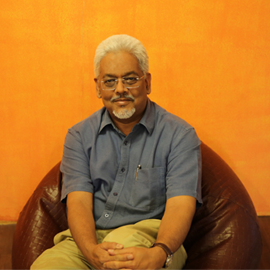
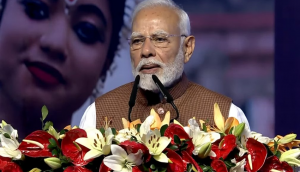

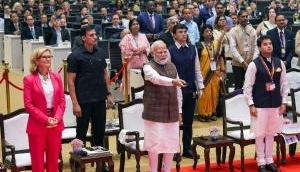
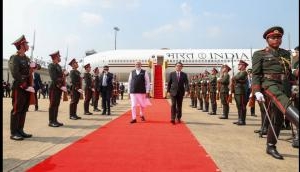
![BJP's Kapil Mishra recreates Shankar Mahadevan’s ‘Breathless’ song to highlight Delhi pollution [WATCH] BJP's Kapil Mishra recreates Shankar Mahadevan’s ‘Breathless’ song to highlight Delhi pollution [WATCH]](https://images.catchnews.com/upload/2022/11/03/kapil-mishra_240884_300x172.png)

![Anupam Kher shares pictures of his toned body on 67th birthday [MUST SEE] Anupam Kher shares pictures of his toned body on 67th birthday [MUST SEE]](https://images.catchnews.com/upload/2022/03/07/Anupam_kher_231145_300x172.jpg)


